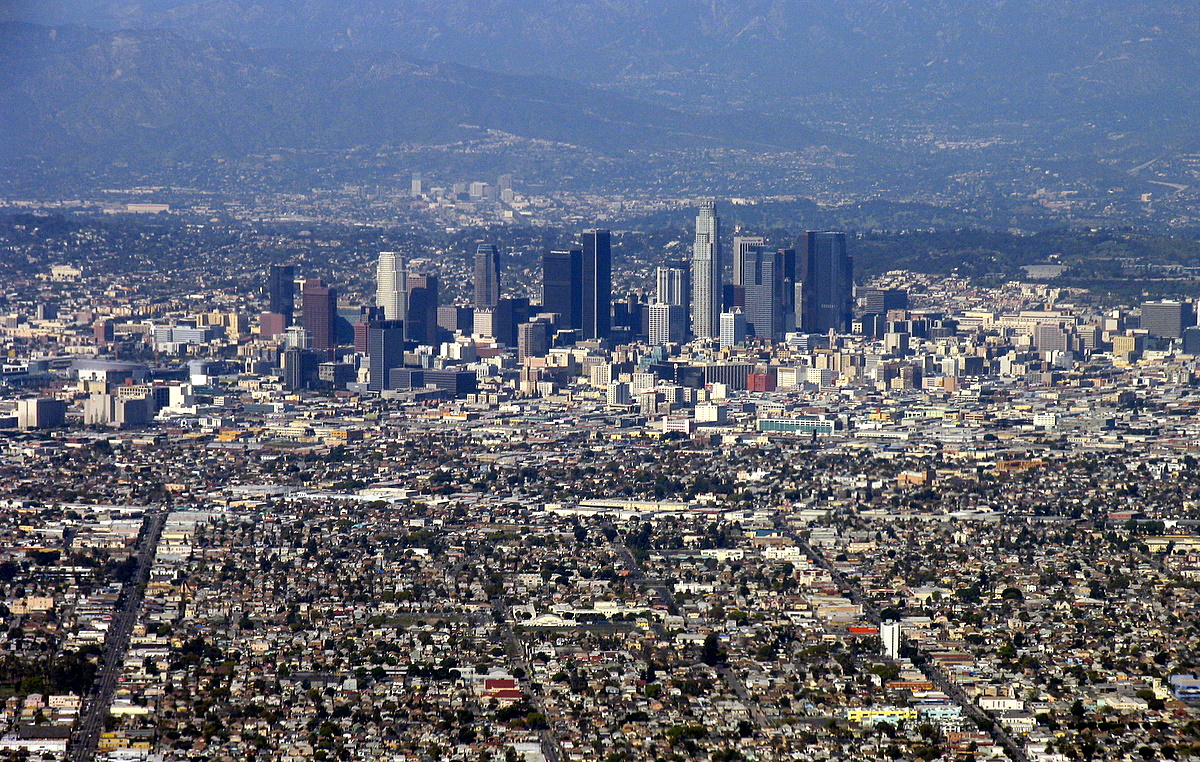California has targeted a 40 percent reduction in greenhouse emissions below 1990 levels by 2030. To reach the goal, Californians need to drive less and walk, bike or ride mass transit, more. The largest portion of California’s greenhouse gas emissions comes from cars and trucks.
The key to reducing driving is increasing the density of housing near jobs and commercial centers. “at a rate not seen in the United States since at least before World War II,” according to the L.A. Times. That means overcoming local opposition to more housing in developed neighborhoods near public transit. “You can’t be pro-environment and anti-housing,” USC’s Marlon Boarnet told the newspaper.
Californian cities might look to Paris, Vienna and Singapore, which scored well for their “good density” in a 2015 Urban Land Institute report, Density: Drivers, Dividends, and Debates. Good density includes “a mix of land uses, and mixed-income communities; high-volume, reliable public transport; an overarching strategic vision; attention to social and economic needs; high quality of life and livability for residents; public and open spaces; flexibility; high-quality urban design; environmental benefits; and limited impact on existing settled neighborhoods and places.”
This post is from ImpactAlpha’s daily newsletter. Get it first in The Brief.











